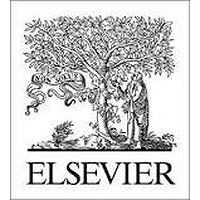Exposure to disinfection byproducts (DBPs) is potentially related to cytotoxic, genotoxic, mutagenic, and tumorigenic effects in humans, in addition to their adverse effects on the environment. However, their impacts on endocrine disruption, especially reproductive toxicity, remain largely unknown. In this study, the estrogenic and androgenic activities of DBPs and corresponding antagonistic activities were investigated using a yeast-based reporter assay, focusing on haloacetic acids and haloacetamides. We also examined the cytotoxicity of DBPs and mechanisms of antagonistic activities. Of the DBPs assayed, iodoacetamide (IAM) and bromoacetamide (BAM) were the most cytotoxic, with LC50 values of 0.0462 and 0.0537 mM, respectively, followed by chloroacetic acid (CAA; LC50 = 4.87 mM) and chloroacetamide (CAM; LC50 = 5.28 mM). Iodoacetic acid (IAA) and bromoacetic acid (BAA) were the least cytotoxic, with LC50 values of 5.52 and 6.35 mM, respectively. IAA (EC10 = 0.00573 mM; EC50 = 0.0215 mM) exhibited most potent estrogenic activity, and CAA (EC10 = 0.0434 mM) and BAM (EC10 = 0.0150 mM) showed weak estrogenic and androgenic activities, respectively. By contrast, IAM exhibited anti-estrogenic effects. These results suggest that DBPs interact with hormone receptors. (C) 2019 Elsevier Ltd. All rights reserved.

Characterizing the potential estrogenic and androgenic activities of two disinfection byproducts, mono-haloacetic acids and haloacetamides, using in vitro bioassays
Review badges
0 pre-pub reviews
0 post-pub reviews
